
Pir Shalyar Ceremony in Kurdistan
/
0 Comments
Iran is a civilized and time-honored country where diverse ethnic…

What Is Persian Mirror Art (Aina Kari)?
Aina Kari, or Persian mirror art, is a traditional Iranian decorative…
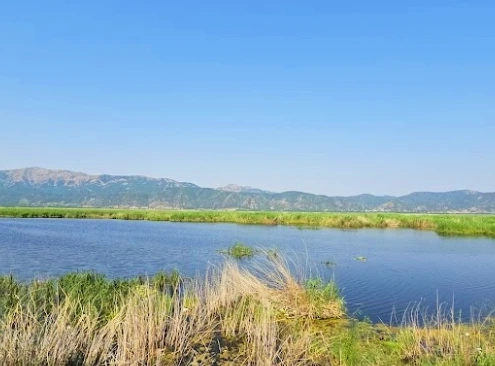
Zrebar Lake, Kurdistan (Weather, History, Map)
Zrebar Lake, a picturesque body of water in the heart of western…
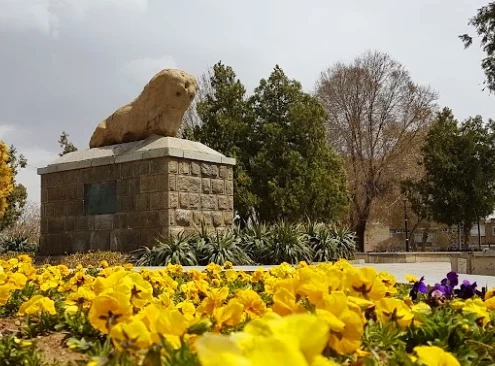
Hamedan Stone Lion Statue (History, Meaning, Photos)
The Stone Lion of Hamedan, an ancient and iconic monument, is…
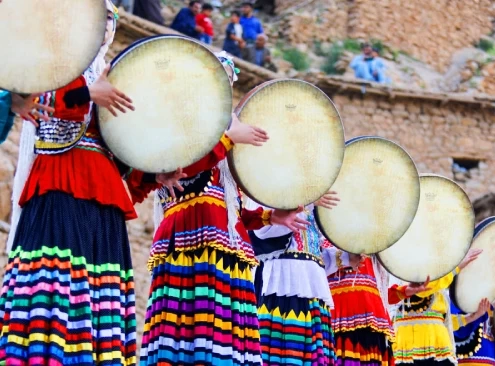
Hezar Daf Festival in Kurdistan
Iranian festivals are thriving celebrations that reflect the…

Abdoogh Khiar Soup (Origin, Recipe, Calories)
Abdoogh Khiar, simply meaning Cucumber Buttermilk in Persian,…
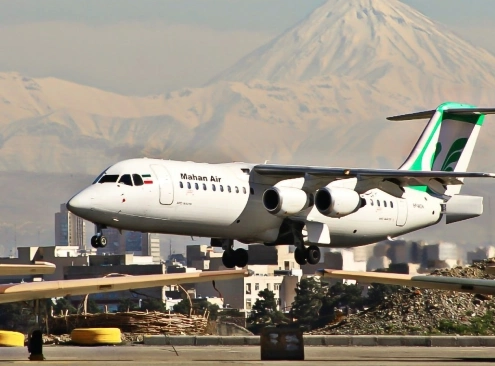 https://irandoostan.com/dostcont/uploads/2024/08/Iran-Airlines.webp
366
800
nelia shidfar
https://irandoostan.com/dostcont/uploads/2025/05/Irandoostan-logo.webp
nelia shidfar2024-08-26 10:33:582025-04-13 12:29:27Top 10 Iran Airlines
https://irandoostan.com/dostcont/uploads/2024/08/Iran-Airlines.webp
366
800
nelia shidfar
https://irandoostan.com/dostcont/uploads/2025/05/Irandoostan-logo.webp
nelia shidfar2024-08-26 10:33:582025-04-13 12:29:27Top 10 Iran Airlines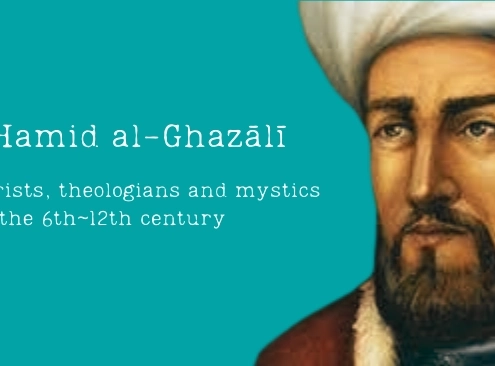
Who Is Imam Al Ghazali? (Biography, Books, Quotes)
Iran, a country long known for its ancient civilizations, culture,…
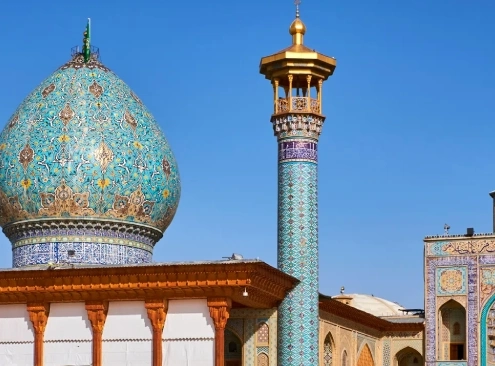
Persian Blue Domes of Iran (History, Architecture, Types)
The Persian Blue domes of Iran are architectural marvels that…
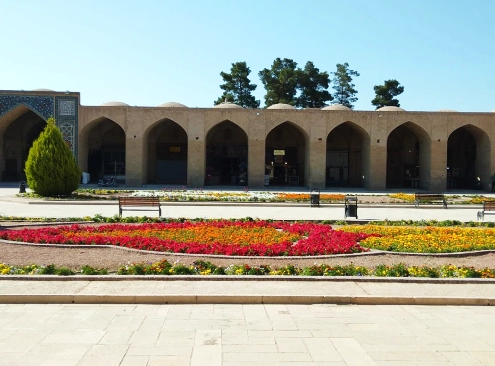
Grand Bazaar of Kerman (Photos, History, Architecture)
A traditional bazaar established more than 600 years ago in the…

Read All About Persian Illuminated Manuscript
Illumination Manuscript, known as "Tazhib" in Persian, is a famous…
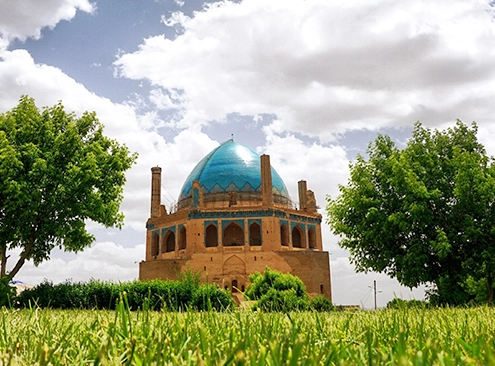
Soltaniyeh Dome (History, Facts, Photos)
Iran may be a country unknown to many, but this Middle Eastern…

Fire Temple of Kerman, Iran (History, Photos, Location)
Many fire temples have been built in Iran, some of which are…

Does Iran Have Tourism? (Ranking, Statistics, Attractions)
Traveling and adventure have always been part of human life.…
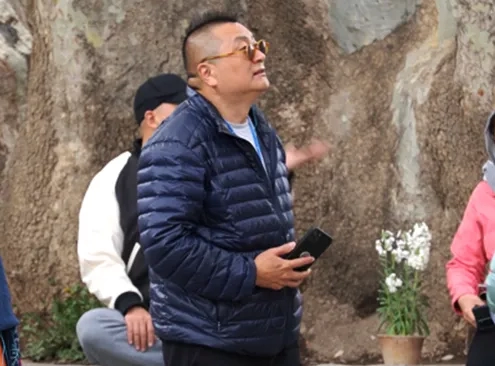
Iran Tour for Chinese | Can Chinese Citizens Visit Iran?
Chinese citizens can visit Iran! Iran Doostan has many Iran Tour…
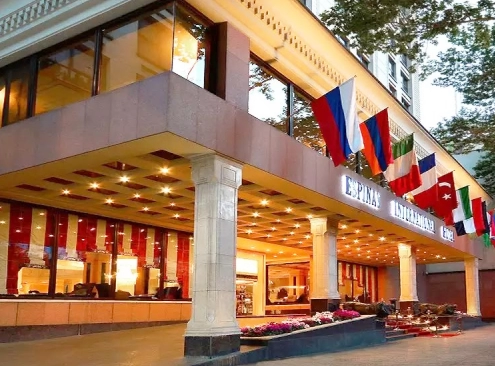
Top 10 Hotels in Iran for Accommodation
If Iran is the next destination for your upcoming excursion,…
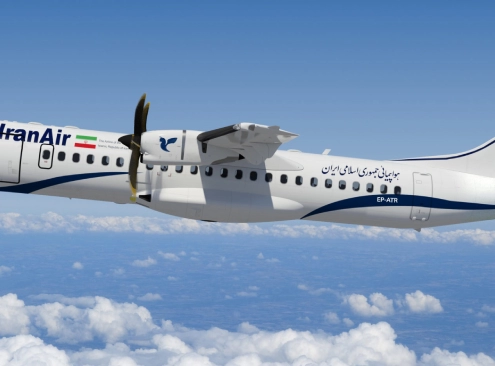
Iran Air Airline (History, Booking, Ticket Price, Destinations)
Iran Air Airlines goes beyond its title by opening doors to global…

What Is the Symbol of Shiraz?
Shiraz is the capital of Fars province in southern Iran, which…


